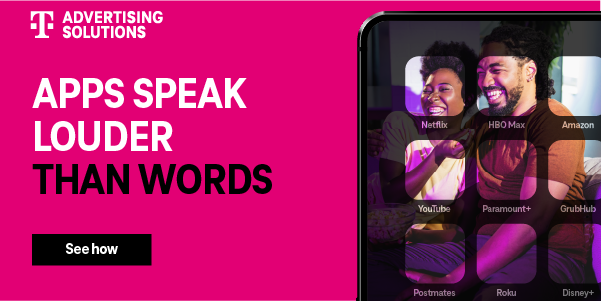Data-driven marketing is about more than just addressability. It’s about using data to inform media planning, storytelling, creative execution, media-buying tactics and the full spectrum of the advertising process – not just individual targeting.
As a growing number of standard user identifiers vanish from the advertising landscape, marketers are scurrying to find new, privacy-safe means of identifying and targeting consumers across channels. However, many of them are missing the bigger picture.
By hyper-focusing on one-to-one addressability, marketers might be accurately reaching those standard user IDs but still be missing out on their true audience. This is because they often lack the granular insights needed to understand and better define their target audience while also customizing their marketing tactics more precisely.
For example, brands using cookies to target 25- to 34-year-old females might achieve acceptable accuracy in today’s ecosystem. But they may never know that their true audience is actually 25- to 34-year-old female business travelers that watch online video streams between 8 p.m. and 10 p.m. That level of specificity is a game changer. Not only does it open up new avenues for tailored messaging and creative, but it also eliminates wasted ad dollars.
App insights as a creative differentiator
If marketers want to stop chasing increasingly scarce user IDs and instead tap into their real audiences, app insights are the clearest path. Consumers today are glued to their mobile devices and they’re spending the vast majority of their time in apps.
Herein lies the key to data-driven marketing and creative in a privacy-first world: app ownership and engagement data that can be segmented into highly relevant personas while also providing valuable insights into consumer engagement patterns.
App insights represent a powerful source of audience intelligence that can deepen marketers’ understanding of consumer interests, intent and consumption patterns. Here’s how:
Creative messaging and planning optimization: By enabling marketers to understand who their audiences are, as well as how they spend their time with media, app insights can help better allocate media spend and develop creative.
For example, using app insights, a marketer at McDonald’s might discover its customers are female coffee lovers that are also late-night movie buffs. The marketer could then compare that data against Burger King customers to discover they have a high likelihood of being middle-aged homeowners who frequently use on-demand and home-improvement apps.
The McDonald’s marketer could then create unique, coffee-centric messaging catered toward females and serve those ads during movie-watching experiences after 9 p.m. Or, if the McDonald’s marketer were interested in poaching Burger King fans, the brand could customize messaging toward middle-aged homeowners and reach them across on-demand and home-improvement apps.
Retention and reengagement: As consumers, we often download apps that we use for just a short period of time. In fact, most apps (more than 90%) see a steep drop-off in users after seven days. This means all of the hard work of acquiring a new app install may not result in much (or any) actual revenue beyond the first engagement.
Savvy marketers recognize that user acquisition is just a heuristic or proxy metric for ROI. It’s reengagement marketing and incremental engagement lift that actually increase ROI. App insights make retention marketing possible by identifying app usage patterns and giving marketers insights on how to facilitate deeper engagement.
To build more effective marketing strategies, it’s crucial to maximize both accuracy and precision. And it’s important to understand which metrics move the needle over time – such as repeat brand engagement.
By prioritizing solutions that solve for insights and measurement, the ad industry can tap into creative engagement tactics and more relevant messaging opportunities, even in the absence of cookies and cross-platform identifiers.
For more articles featuring Jess Zhu, click here.















